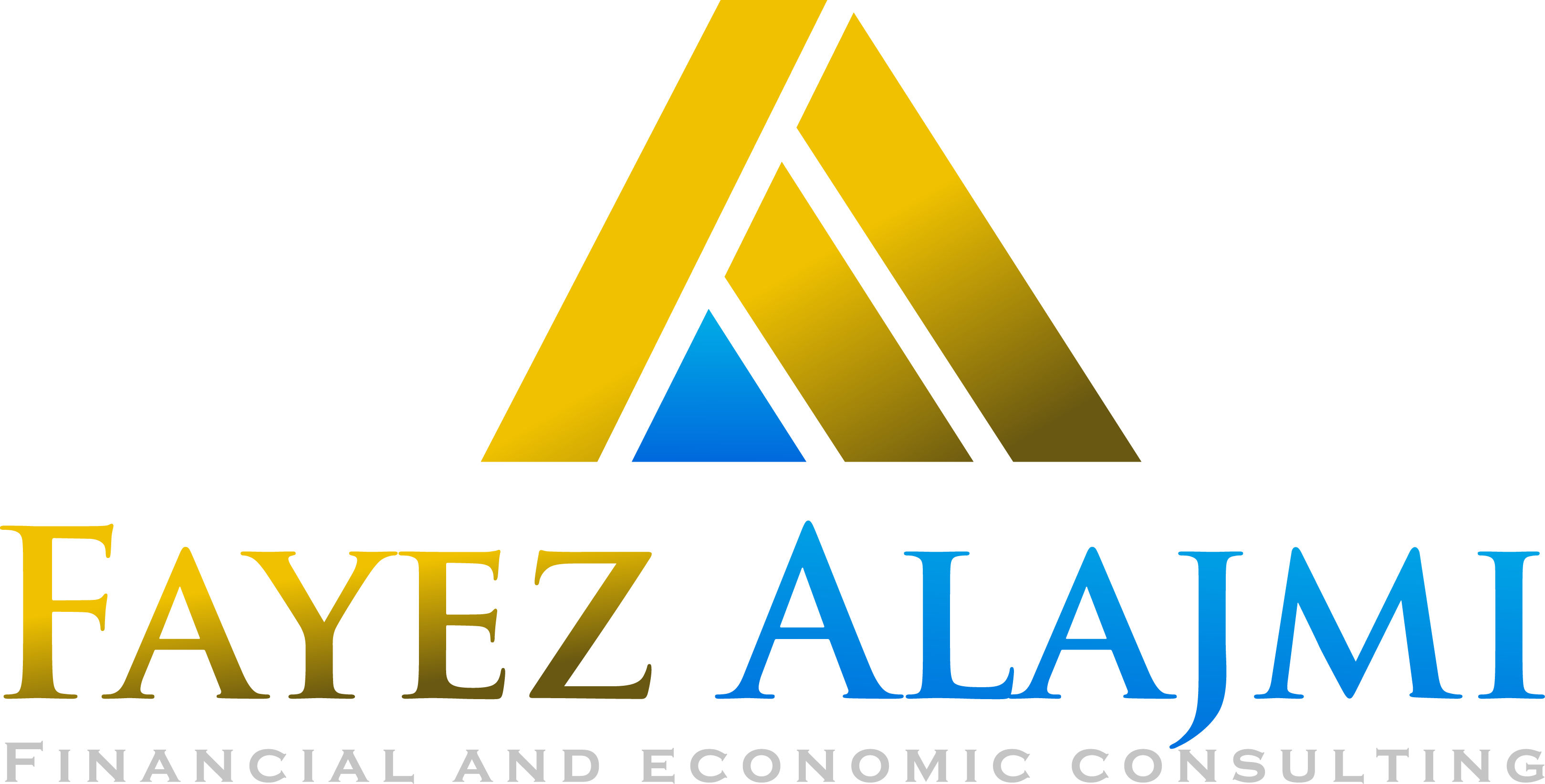The gains in the general index of the US dollar continue for the third consecutive session this morning, Wednesday, the 17th of November, with the opening of the European markets, as investors bought the US dollar strongly after US retail sales, which exceeded expectations in October, rising to the highest level since last March, rising for the third month in a row to 1.7 % .
Day after day, market expectations are rising that raising the US interest rate in the middle of next year is the closest so far, as expectations have risen that the markets are pricing an opportunity of more than 77%, according to the FedWatch CME Group tool, to raise the interest rate next July, and thus these expectations support the rises of the US dollar, which is trading at Levels of 96, which is the highest since July of last year, recording gains close to 1% since the beginning of the week.
President of the Federal Reserve in St. Louis James Bullard reiterated his call for the US Federal Reserve to speed up the completion of asset purchases to start raising interest rates, as Pollard proposes to complete the program next March, while maintaining his expectations of raising interest rates by twice next year.
The euro against the US dollar is trading at 1.1298 levels this morning, after it tested 1.1264 levels in the Asian session, to trade at its lowest level since the first week of July last year, as the euro represents 57.6% of the general index basket of the US dollar, and therefore the biggest impact of the rise in the US dollar against the euro Add to that the high incidence of HIV infection in Europe, such as Germany and Austria, which have begun to impose some restrictions on non-vaccinators.
The Japanese yen, in turn, is trading at its lowest level since March of 2017 against the US dollar at levels of 114.99, as the Japanese yen is affected by the rise in the yield on US Treasury bonds and the rise in the US dollar.
During today’s session, the markets are awaiting statements by members of the US Federal Reserve (Williams – Bowman – Daly – Wheeler – Evans – Bostick), and therefore the markets will monitor the Fed members’ view of the recent rise in inflation and whether it will change the expectations of the date of starting to raise interest rates.
In the future, the markets are awaiting Canadian inflation data, which is expected to rise to its highest level in 18 years, but the Central Bank of Canada so far sees that the rise in inflation is temporary and that it will not raise interest rates until the second half of next year at least, and thus a stronger rise than Inflation expectations We may see a change from the bank’s point of view and therefore gains in the Canadian dollar.

 17 November، 2021
17 November، 2021
 ابحاث السوق
ابحاث السوق
 Views
: 474
Views
: 474
